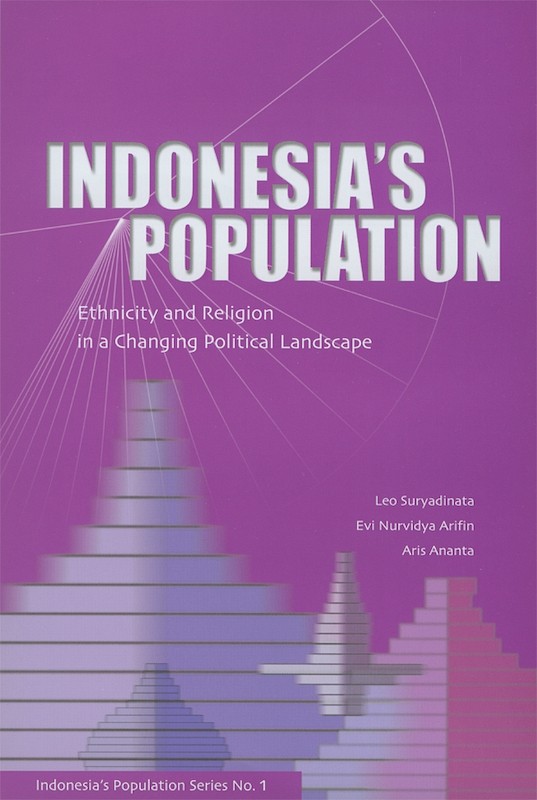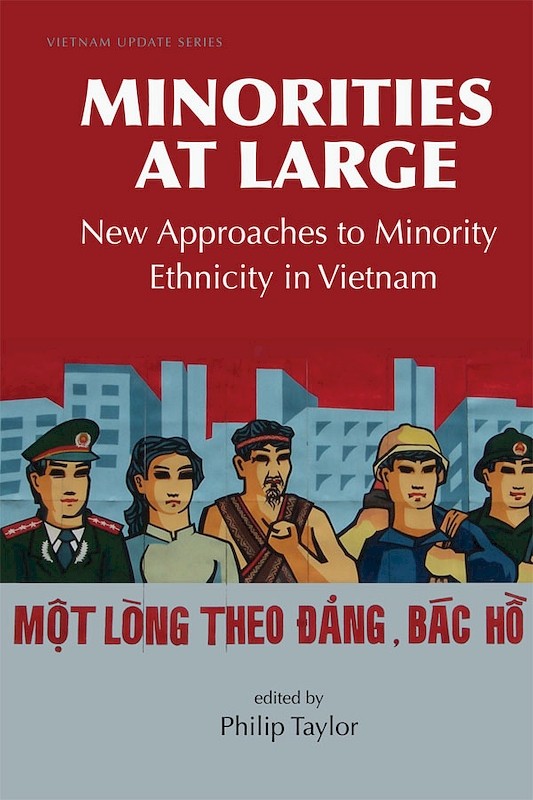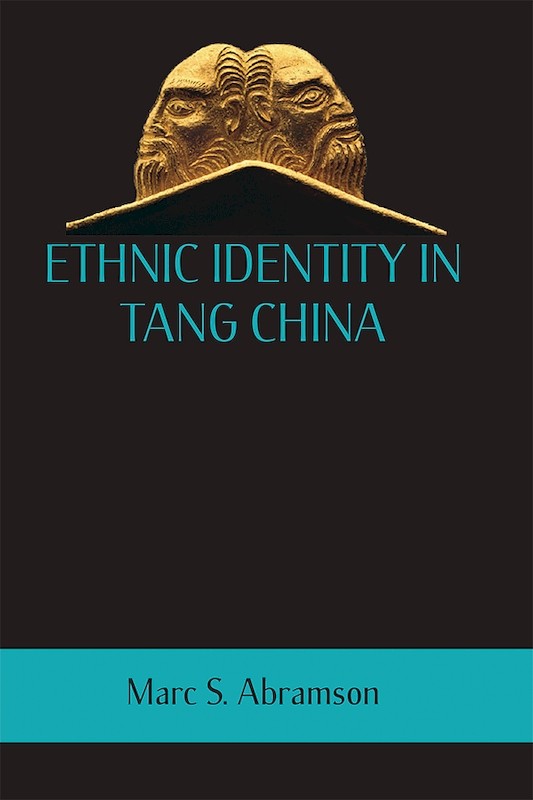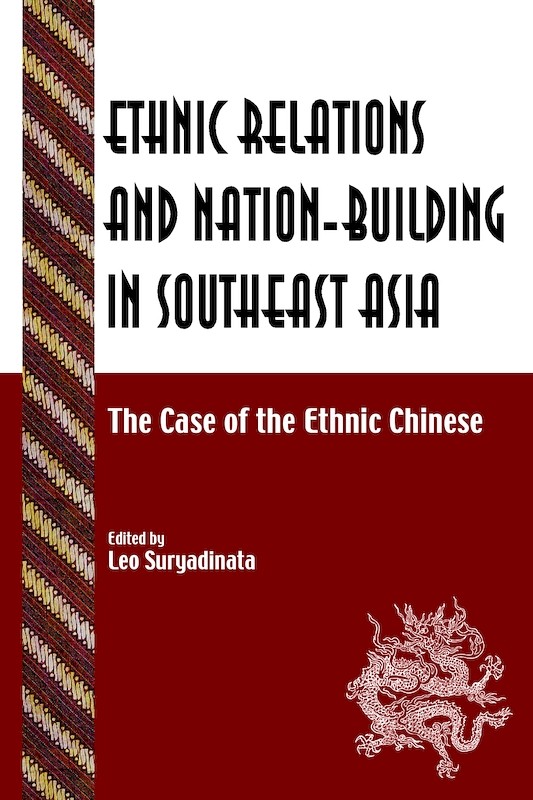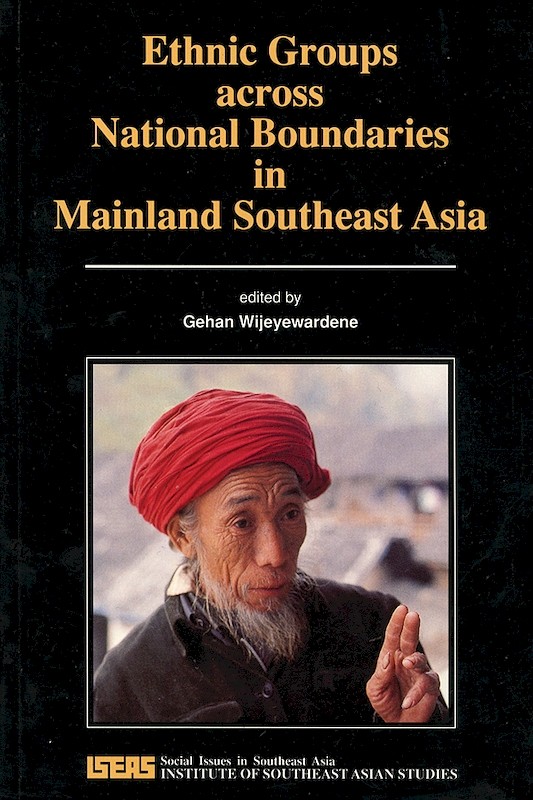Demography of Indonesia's Ethnicity

Date of publication:
2015
Publisher:
Institute of Southeast Asian Studies
Number of pages:
384
Code:
BM510
Soft Cover
ISBN: 9789814519878
Reviews
Stuart Upton, Asian Studies Review, Vol. 41, No. 1, 2017, pp164 -165.
Overall the book is an invaluable addition to the relatively few volumes looking at data on ethnicity in Indonesia. It delivers useful information on the distribution of major groups across the nation and on the population of each province. The book should aid anybody researching changes in provinces around ethnicity, language use or society in general. It is to be hoped that the Census Bureau will consider in their future work the new classification developed by the authors of Demography of Indonesia's Ethnicity.
About the publication
Indonesia, the largest country in Southeast Asia, has as its national motto "Unity in Diversity." In 2010, Indonesia stood as the world's fourth most populous country after China, India and the United States, with 237.6 million people. This archipelagic country contributed 3.5 per cent to the world's population in the same year. The country's demographic and political transitions have resulted in an emerging need to better understand the ethnic composition of Indonesia.This book aims to contribute to that need. It is a demographic study on ethnicity, mostly relying on the tabulation provided by the BPS (Badan Pusat Statistik; Statistics-Indonesia) based on the complete data set of the 2010 population census. The information on ethnicity was collected for 236,728,379 individuals, a huge data set.The book has four objectives: To produce a new comprehensive classification of ethnic groups to better capture the rich diversity of ethnicity in Indonesia; to report on the ethnic composition in Indonesia and in each of the thirty three provinces using the new classification; to evaluate the dynamics of the fifteen largest ethnic groups in Indonesia during 2000-2010; and to examine the religions and languages of each of the fifteen largest ethnic groups.
The e-chapter, "1. Changing Indonesia: An Introduction", is downloadable free of charge.
The e-chapter, "1. Changing Indonesia: An Introduction", is downloadable free of charge.
Contents
-
Demography of Indonesia's Ethnicity
[Whole Publication, ISBN: 9789814519885], by Aris Ananta, Evi Nurvidya Arifin, M Sairi Hasbullah, Nur Budi Handayani, Agus Pramono, authors -
Preliminary pages
-
1. Changing Indonesia: An Introduction
-
2. Complexity of Statistics on Ethnicity: Concept, Data and Method of Analysis
-
3. The New Classification: Uncovering Diversity
-
4. Ethnic Diversity: New Demographic Evidence
-
5. The Fifteen Largest Ethnic Groups: Age-Sex Structure and Geographical Distribution
-
6. Change in Size and Composition of Ethnic Groups: Indonesia, 2000-2010
-
7. Religion and Language: Two Important Ethnic Markers
-
References
-
Appendix 1: New Classification of Ethnic Group Categorized According to the Main Island Regions in Indonesia
-
Appendix 2: The Classification of the Twenty Languages Spoken Daily at Home: Indonesia, 2010
-
Index
-
About the Authors

